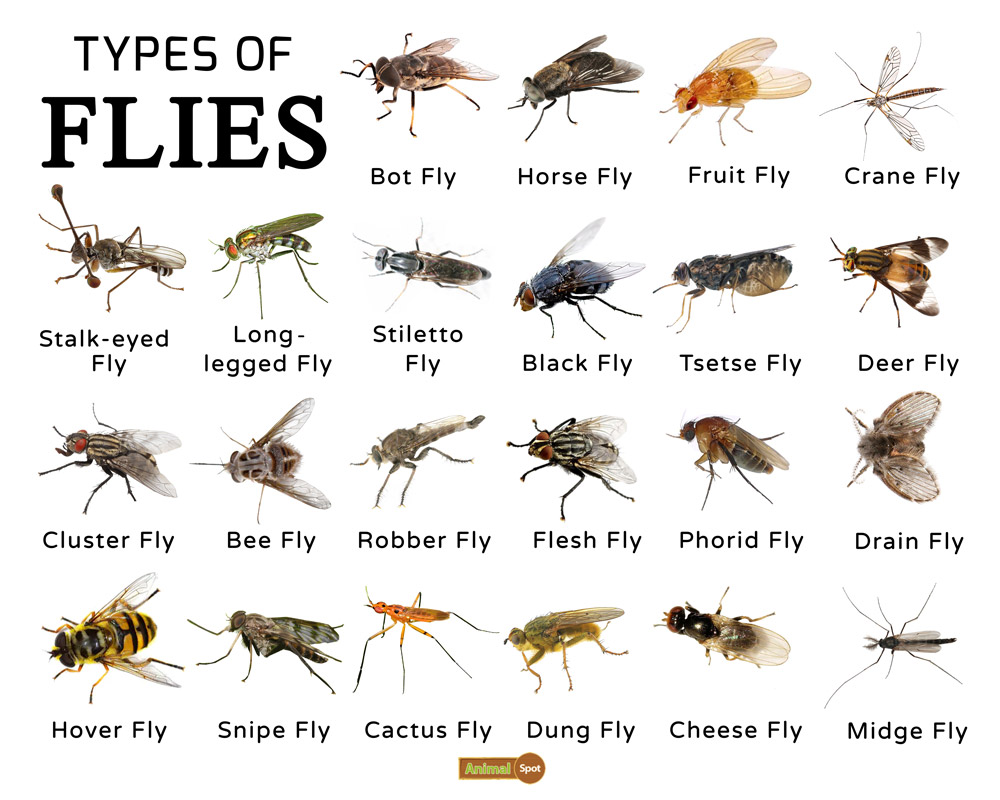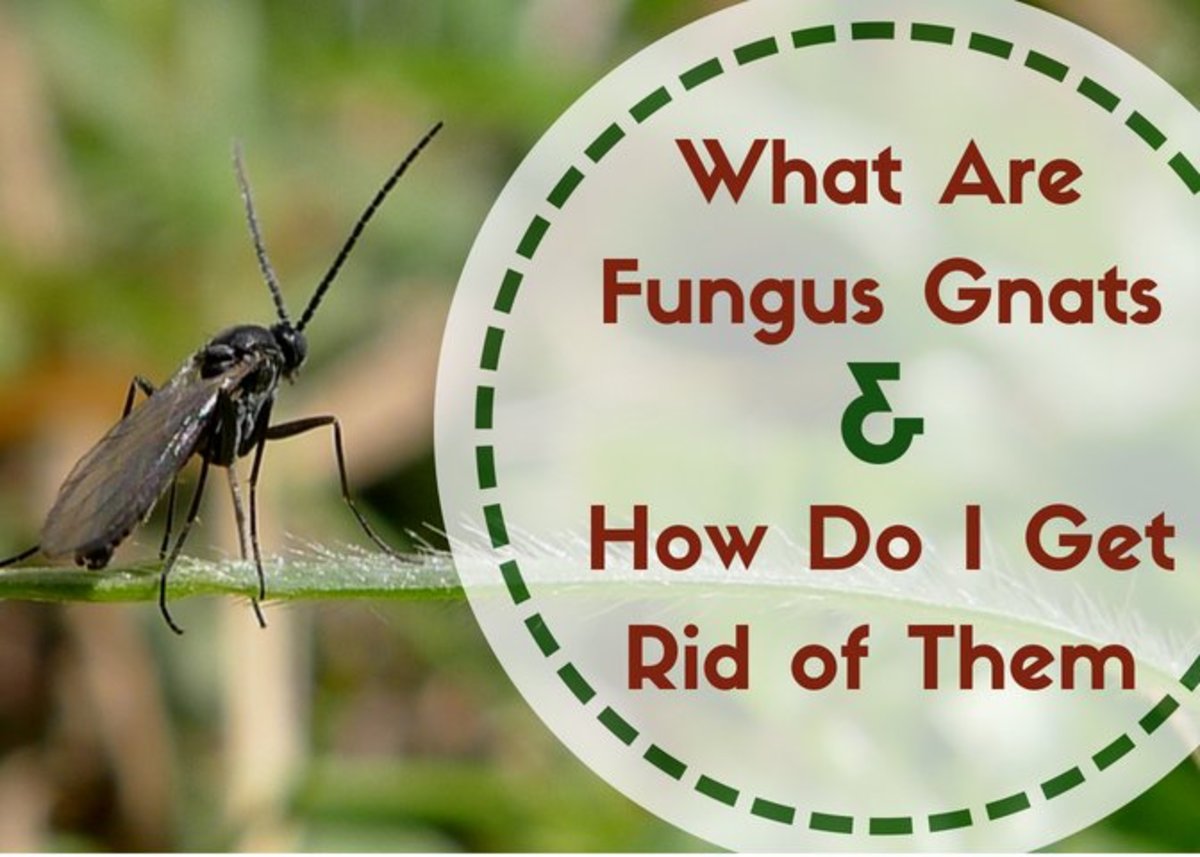What’s Buzzing Around Your Greenery?
Little flies around plants can be a frustrating and persistent problem for many gardeners and indoor plant enthusiasts. These tiny pests can be a nuisance, buzzing around plants and leaving behind a trail of destruction. But did you know that they can also cause significant harm to plants? From spreading diseases to feeding on plant sap, little flies around my plants can weaken plants and stunt their growth. To effectively eliminate these pests, it’s essential to identify the type of fly and understand their life cycle. By doing so, you can develop a targeted strategy to eradicate them and prevent future infestations. In this article, we’ll delve into the world of little flies, exploring the common types, causes, and solutions to help you keep your plants fly-free and thriving.
The Usual Suspects: Common Types of Flies Found Near Plants
When it comes to little flies around plants, there are several common culprits that can infest your greenery. Identifying the type of fly is crucial in developing an effective elimination strategy. Here are some of the most common types of flies found near plants:
Fungus gnats, for instance, are tiny, dark-colored flies that thrive in moist environments. They lay their eggs in the soil, and their larvae feed on fungi, algae, and other microorganisms. Fungus gnats are often found near overwatered plants and can be a sign of poor drainage.
Whiteflies, on the other hand, are small, winged insects that feed on plant sap. They can transmit diseases and leave behind a sticky substance called honeydew, which can attract other pests. Whiteflies are commonly found near plants with soft, succulent leaves.
Fruit flies are another type of fly that can infest plants. They’re attracted to sweet, fermented, or decaying substances and can lay their eggs near the surface of the soil. Fruit flies are often found near plants with ripe or rotting fruit.
By understanding the characteristics and habits of these common types of flies, you can take the first step in identifying the pest that’s bothering your plants and develop a targeted strategy to eliminate them.
How to Keep Flies Away from Your Plants for Good
Preventing little flies around my plants from infesting your greenery in the first place is always the best approach. By maintaining good hygiene, providing good air circulation, and using physical barriers, you can create an environment that’s less conducive to fly growth. Here are some general tips and strategies to help you keep flies at bay:
Good hygiene is essential in preventing fly infestations. Regularly clean and disinfect any surfaces, pots, and tools that come into contact with your plants. Remove any dead or dying plant material, as these can attract flies. Also, avoid overfertilizing, as excess nutrients can attract flies and other pests.
Good air circulation is also crucial in preventing fly infestations. Make sure your plants have enough space between them and that there’s adequate air movement around them. You can also use fans to improve air circulation and keep flies away.
Physical barriers can also be an effective way to keep flies away from your plants. Use fine-mesh screens or fine-netted bags to cover your plants, especially those that are most susceptible to fly infestations. You can also use sticky traps or yellow traps to capture adult flies.
By following these general tips and strategies, you can significantly reduce the risk of little flies around my plants infesting your greenery. Remember, prevention is always better than cure, so take proactive steps to keep flies away from your plants.
Soil, Water, and Light: The Perfect Storm for Fly Infestations
While maintaining good hygiene and using physical barriers can help prevent little flies around my plants, there are other factors that can contribute to fly infestations. Overwatering, poor soil quality, and inadequate light can create an environment that’s conducive to fly growth. Here’s how to optimize these factors to prevent fly infestations:
Overwatering is a common mistake that can attract little flies around my plants. When the soil is consistently waterlogged, it creates an ideal breeding ground for fungus gnats and other fly species. To avoid this, make sure to check the soil moisture regularly and only water your plants when necessary. Also, ensure that your pots have good drainage holes to prevent water from accumulating in the soil.
Poor soil quality can also contribute to fly infestations. Soil that’s lacking in nutrients or has poor structure can attract flies that feed on decaying organic matter. To prevent this, use high-quality potting soil that’s rich in nutrients and has good drainage. You can also add organic matter like compost or manure to improve soil quality.
Inadequate light can also create an environment that’s conducive to fly growth. Most plants require adequate light to photosynthesize and grow healthily. When plants are deprived of light, they can become stressed, making them more susceptible to fly infestations. To prevent this, ensure that your plants are placed in a spot that receives adequate light. You can also use grow lights to supplement natural light.
By optimizing these factors, you can create an environment that’s less conducive to fly growth. Remember, prevention is always better than cure, so take proactive steps to prevent little flies around my plants from infesting your greenery.
Natural Deterrents: Using Essential Oils and Herbs to Repel Flies
When it comes to keeping little flies around my plants at bay, natural deterrents can be a effective and environmentally friendly solution. Essential oils and herbs have been used for centuries to repel pests, and they can be a great addition to your fly-fighting arsenal.
Essential oils like peppermint, lemongrass, and citronella have natural insect-repelling properties that can help keep flies away from your plants. You can mix a few drops of these oils with water and spray them around your plants to create a fly-repelling barrier. For example, you can mix 10 drops of peppermint oil with 2 cups of water and spray it around your plants once a week.
Herbs like basil, mint, and lavender can also be used to repel flies. You can plant these herbs around your other plants or place them in pots near areas where flies are a problem. The strong scent of these herbs can help deter flies from infesting your plants.
Another natural deterrent is neem oil, which is derived from the seeds of the neem tree. Neem oil has natural insecticidal properties that can help kill fly larvae and prevent them from multiplying. You can mix neem oil with water and spray it around your plants to create a fly-repelling barrier.
Remember to always use natural deterrents in moderation and in combination with other fly-fighting strategies. While they can be effective, they may not completely eliminate fly infestations on their own. By combining natural deterrents with good hygiene, air circulation, and physical barriers, you can create a comprehensive fly-fighting strategy that keeps little flies around my plants at bay.
Insecticidal Soap and Other Chemical Controls: A Last Resort
While natural deterrents and good plant care practices can go a long way in preventing little flies around my plants, severe infestations may require more drastic measures. Insecticidal soap and other chemical controls can be effective in eliminating fly populations, but they should be used with caution and as a last resort.
Insecticidal soap is a mild pesticide that works by breaking down the insect’s exoskeleton and dehydrating them. It is generally safe to use on most plants and can be effective against a wide range of fly species. However, it can also harm beneficial insects, so it’s essential to use it sparingly and only when necessary.
Other chemical controls, such as pyrethrin-based sprays, can also be effective against little flies around my plants. However, these chemicals can be toxic to humans and pets, and they can also contaminate soil and water. Therefore, they should be used with extreme caution and only when all other methods have failed.
Before using any chemical controls, it’s essential to read and follow the label instructions carefully. Make sure to wear protective clothing, including gloves and a mask, and avoid spraying when bees or other beneficial insects are present. It’s also crucial to test a small area of the plant before applying the chemical to ensure it doesn’t cause any damage.
Remember, chemical controls should always be a last resort. They can have unintended consequences, such as harming beneficial insects or contaminating the environment. By using natural deterrents and good plant care practices, you can create an environment that’s less conducive to fly growth and reduce the need for chemical controls.
Monitoring and Maintenance: The Key to Keeping Flies at Bay
Regular monitoring and maintenance are crucial to preventing little flies around my plants from taking over. By keeping a close eye on your plants and taking action at the first sign of fly activity, you can stop infestations before they get out of hand.
Inspect your plants regularly, paying attention to any signs of fly activity, such as tiny eggs, larvae, or actual flies. Check the soil, leaves, and stems for any signs of infestation, and take action immediately if you notice anything suspicious.
Make it a habit to check your plants at least once a week, and more often if you’ve had problems with little flies around my plants in the past. Use a magnifying glass or hand lens to get a closer look at any areas that concern you.
In addition to regular inspections, maintain good plant care practices to prevent little flies around my plants from thriving. Ensure your plants are getting enough light, water, and nutrients, and prune or remove any dead or dying plant material that can attract flies.
By staying vigilant and taking proactive steps to prevent infestations, you can keep little flies around my plants under control and enjoy a healthy, thriving garden or indoor space. Remember, prevention is key, and regular monitoring and maintenance are essential to winning the battle against little flies around my plants.
Conclusion: Winning the Battle Against Little Flies
By now, you should be well-equipped to identify and eliminate little flies around my plants. Remember, the key to success lies in understanding the type of fly you’re dealing with, maintaining good plant care practices, and using a combination of natural deterrents and chemical controls as needed.
Regular monitoring and maintenance are crucial to preventing little flies around my plants from taking over. By staying vigilant and taking proactive steps to prevent infestations, you can enjoy a healthy, thriving garden or indoor space.
Don’t let little flies around my plants get the best of you. Take action today and start implementing the strategies outlined in this article. With patience, persistence, and the right techniques, you can win the battle against little flies around my plants and enjoy a fly-free environment.
Remember, a healthy plant is a happy plant, and a happy plant is one that’s free from little flies around my plants. By following the tips and advice outlined in this article, you can create an environment that’s conducive to healthy plant growth and resistant to fly infestations.
So, what are you waiting for? Take the first step towards a fly-free future and start fighting back against little flies around my plants today!


/control-whiteflies-on-houseplants-1902895-01-bd8cf6fca6c1452998d6f19f8e995f2c.jpg)

:max_bytes(150000):strip_icc()/166073584-56a709915f9b58b7d0e63198.jpg)


